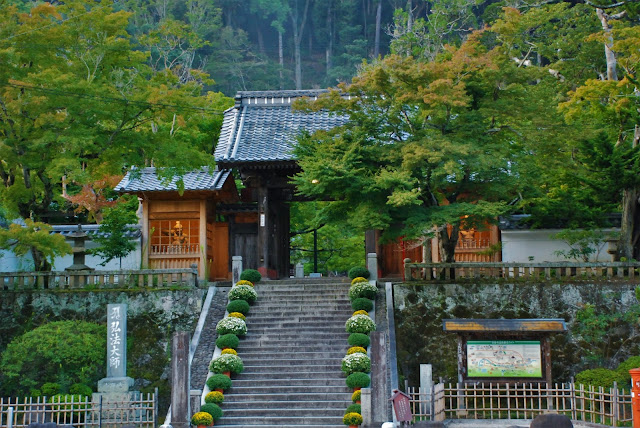Composting and Gardening
As I sat in the CSU/EXPO Mini-Urban Farm one Saturday, attending a free seminar on "raised bed planting", my mind kept picturing this part of my backyard. The event was hosted by a program called "Garden Gateway" and promised information and free building materials to create my own raised bed for planting a garden.
Fast forward a couple of weeks later to The Paul Robeson Community Wellness Center, where I attended their Earth Day event. I thought I would also pick up the materials, but they still hadn't ordered them yet. They did, however, offer another free seminar. This time the topic was composting, and once again they generously provided free materials. I received a supply of a fruity powder called bokashi. An inoculated bran powder used to help in the fermenting of compost.
I had a big 5-gallon bucket to fill, and no space inside my apartment, so I used an old canister for nuts to collect scraps, peels, coffee grinds, and eggshells and the like. When that was full, I would empty the stinky contents into the bucket and add another layer of Bokashi. Until one, fateful brew-day...
 |
| Before adding the final layer of Bokashi and sealing it for two additional weeks. |
Working in the restaurant industry, I don't need to cook every day, and even with my roommates pitching in their scraps, the nut canister did not need much emptying. But brewing a 5-gallon batch of all-grain beer in my backyard (something I do once or twice a month), my partner pointed out that I could add the spent (used) grain to my compost bucket. It was so obvious I felt embarrassed for not thinking of it myself sooner! With that 14 pounds of sugar-leeched malted barley and rye, there was just enough space to empty one last nut can's worth of banana peels and coffee grinds.
The timing couldn't have been more perfect. The Bokashi needed two weeks to ferment, and that time passed just as the building materials we were promised arrived. We set to work (borrowing her uncle's tools) and constructed the raised bed as we had been instructed.
 I did have to transplant a couple Agapanthus to make room.
I did have to transplant a couple Agapanthus to make room.I did that, while she expertly shortened the wood to fit the space I had chosen. Everything went pretty smoothly, and the whole process took only a couple of hours.
We lined our finished raised bed with cardboard. I still don't fully understand how it helps create a foundation for healthy soil, but I remember hearing multiple times that it does, and I had just the right amount on hand already.
Next it was time to add the compost! It was slimy and stinky and hopefully perfect for enriching the 4 bags of planting soil I then emptied on top of it.
I topped the inside and outside of the bed with diatomaceous earth to prevent too many unwanted creepy crawlies.
And now I wait! The pH of the compost is acidic and harmful to plant roots, so I am supposed to wait another two weeks before I plant my herb garden, but I am SO EXCITED by how it looks! I'm ready to plant and eat herbs I grew myself - hopefully soon!
Keen eyes might also notice my neighbors are building something like an additional condo or small garage next door. That's got nothing to do with this, but who doesn't love an Easter Egg?
More updates to follow, so stay tuned, and feel free to ask questions or provide suggestions on which herbs to grow in the comments!









<3 <3 Time to grow some turmeric
ReplyDelete